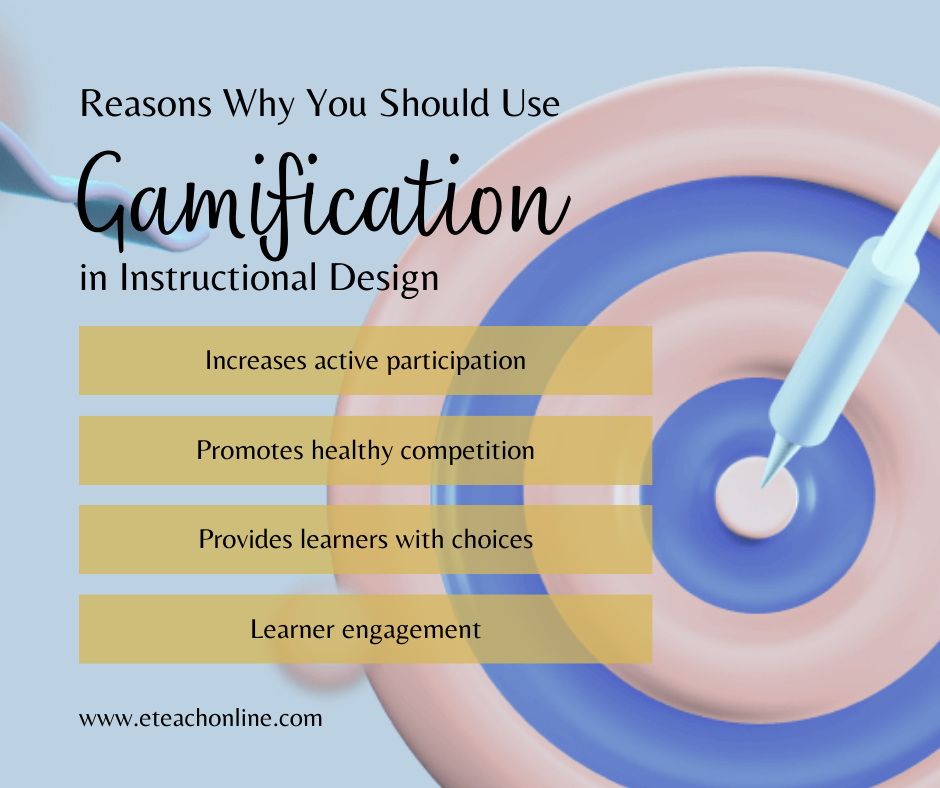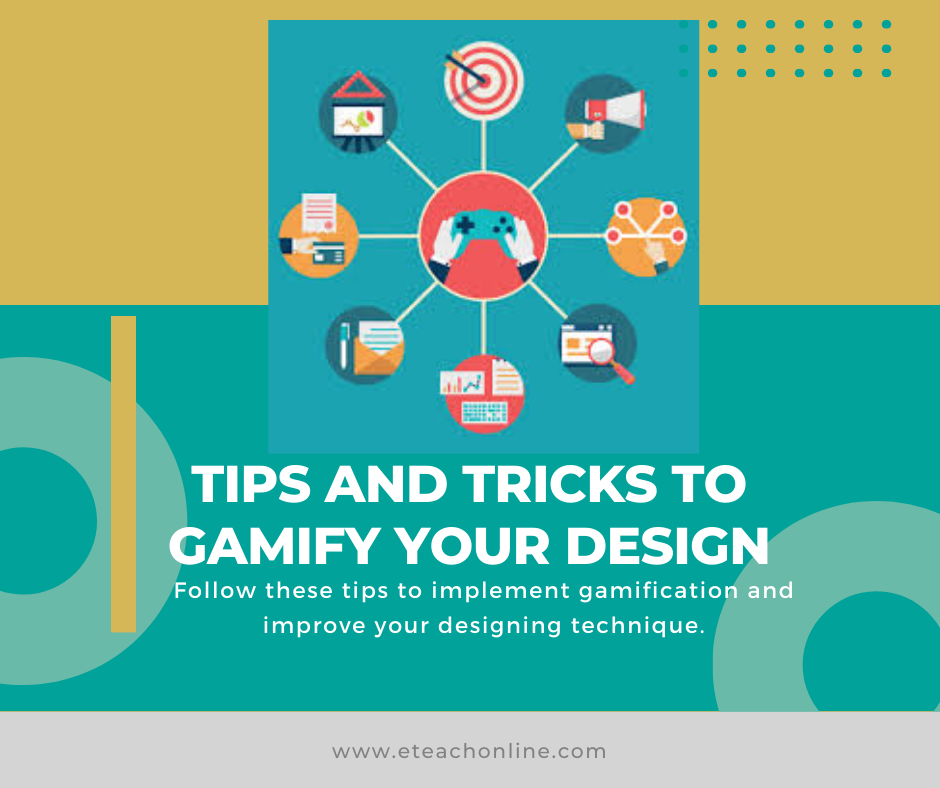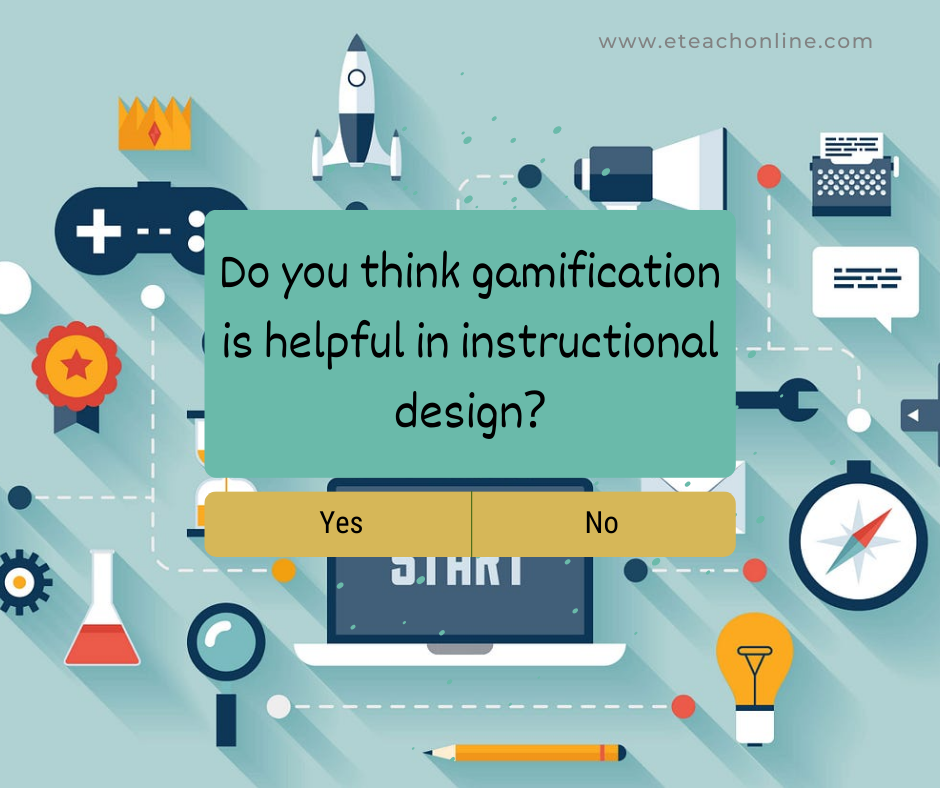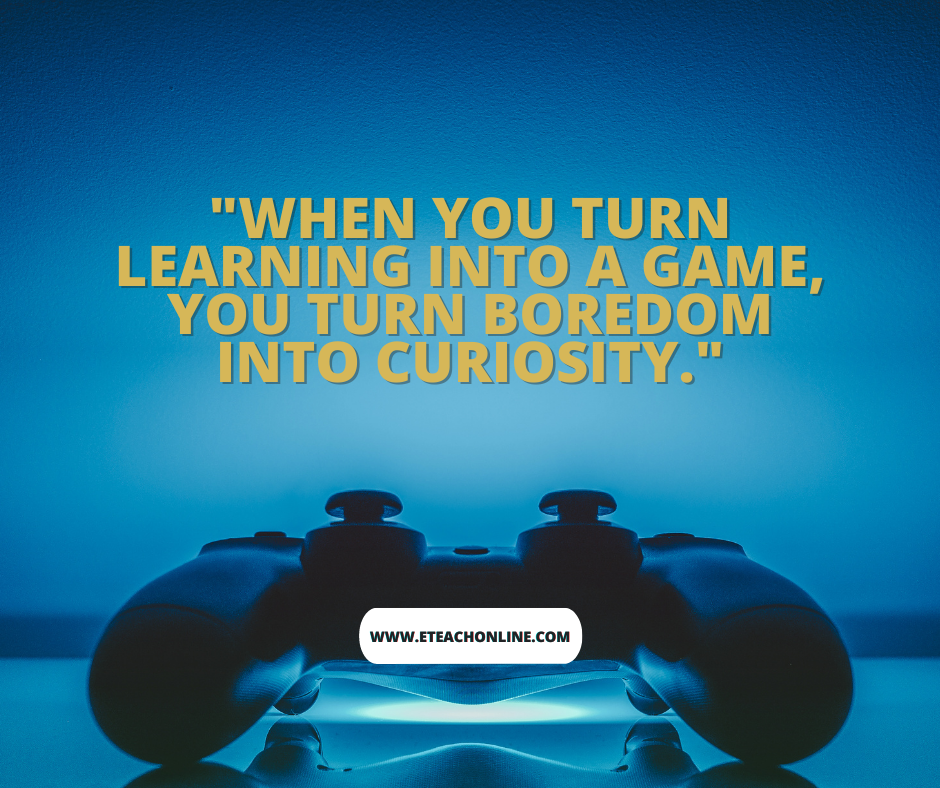Unlock the Episode: Listen and Download the Free MP3 from My Podcast Today!
SUMMARY
- Gamification is a trend that is growing rapidly and being adopted by large universities and corporations. It refers to the use of game elements and game techniques in non-game contexts, and it has become increasingly popular as a tool for online learning. It is important to note that gamification does not necessarily involve complete submersion into a virtual world, but instead it can be as simple as utilizing game elements in an online course.
- Some examples of game elements include points, levels, rewards, badges, avatars, leaderboards, and progression. These elements can be embedded into a learning management system, and can encourage engagement and active participation among learners. However, it is important for the instructional designer to understand game design techniques, such as aesthetics and artistic approaches, and to learn how to think like a game designer. This involves understanding how to apply non-game context and ensuring that the learning objectives remain the primary focus.
- One of the key benefits of gamification is its ability to engage learners in a way that traditional learning methods often fail to do. The use of game elements, such as badges and levels, can help learners feel a sense of accomplishment and progress as they move through the course. Additionally, gamification encourages socialization and competition, which can motivate learners to actively participate and learn from one another.
- Another important aspect of gamification is its ability to promote behavior change. For example, a study conducted by Volkswagen implemented gamification to encourage drivers to obey the speed limit. The study used a "speed camera lottery" that photographed speeders and gave them citations, while drivers who obeyed the limit were entered into a lottery and had a chance to win some of the money collected from the speeders. This approach resulted in a significant decrease in speeding and showed the power of gamification in promoting positive behavior change.
- When designing a gamified online course, it is essential to consider the learning objectives, rules, and challenges that will be incorporated. These elements should be designed with the learner in mind, and should provide opportunities for learners to make meaningful choices and feel a sense of control. Additionally, rewards and badges should be used to incentivize learners and recognize their accomplishments.
- t is important to note that gamification is not always appropriate or effective for all types of learning. The designer must carefully consider the goals and learning objectives, and determine whether gamification will be an effective tool for achieving those objectives. Additionally, it is important to ensure that the gamification elements do not detract from the content or distract learners from the primary focus of the course.
- In conclusion, gamification is a powerful tool for online learning that has become increasingly popular in recent years. It has the ability to engage learners, promote behavior change, and encourage socialization and competition. However, it is important for designers to understand game design techniques and to carefully consider the learning objectives when incorporating gamification into an online course. When used effectively, gamification can be an extremely valuable tool for promoting active learning and learner engagement.
INSPIRATIONAL QUOTES







TRANSCRIPT
Gamification is the use of game elements and game techniques and non game contexts. It is a vastly growing trend and is being adopted by very large universities and corporations. Video games are becoming the foundation for doing things at and around the workplace. Contrary to what some may think gamification does not have to involve a complete submersion into a virtual world. It is actually quite simple to utilize gamification techniques into an online course. Some learning management systems even include special game elements embedded in their system.
game elements include components such as points, levels, rewards, badges, avatars, leaderboards are progression. I'll talk more about these game elements later on.
It's also important that the instructional designer understand game design techniques such as aesthetics and artistic approaches, the designer must learn how to think like a game designer. This takes time and strategic thought, you must also be able to apply non game context.
For example, what are the learning objectives? Remember that the objectives need to be something other than succeeding in the game. The learner needs to have a purpose for participating other than simply to play the game. Why am I using gamification and your online courses valuable? It's important to keep in mind that it is not always appropriate to use, but when used effectively can be an extremely powerful technique. games have been around throughout all of human history. They link to very basic aspects of how our minds work. It can teach us about psychology, design, strategy and technology. It's a significant emerging education and business practice. There are both internal and external motivators as to why gamification is so engaging. External motivators include things like high grades or sales increases. An internal motivator would be providing the learner with a sense of community within the course or organization.
Gamification is very useful for online courses where there is a need for students to be more engaged. In addition, it helps provide learners with the ability to make choices. According to adult learning theories. choice making is definitely something that the designer needs to strive for, especially in the online learning environment.
One easy way to implement this with gamification is through the use of badges. Another reason why you should include gamification in your online course is because of the natural progressive arrangement that is often utilized. The use of levels often encourages people to keep an active participation, which is a great way to encourage engagement in elearning. In addition, socialization is also very powerfully tied to games. This is because people love to compete and see what and how others are doing. Lastly, gamification, and e learning encourages people to keep returning to the course. Building this type of habit can be super beneficial. Gamification is also a great technique that can help change behavior habits. An example of this is an interesting study that was conducted by Volkswagen, where they implement gamification into trying to get people to obey the speed limit. Let's take a second to see the study in action. Hi, I'm Kevin Richardson. I'm the winner of Volkswagen's fun theory award. My idea was the speed camera lottery. Can we get people to pay the speed limit for fun
I really believe that fun can change human behavior for the better and I was really thrilled to see that my idea which started as a scribble submitted into this competition might even become reality.
speed camera lottery would do two things. One it would photograph
out speeders, give them a citation, and that money goes in a pot. But if you're obeying the law, your picture will also get snapped, you'll be entered into a lottery and win some of that money from those theaters.
Steven Jolanda Michelle, there perfect.
As you can see, the use of gamification can be very powerful in a variety of different contexts. Now, let's talk some more about why it's especially beneficial for elearning. It is essential that the designer understand how to implement gamification in their online courses effectively. Some of the necessary components include goals or learning objectives, rules, a game like attitude where the learner voluntarily overcomes unnecessary obstacles. Real world game activities such as challenges, this could be higher sales or grades to get a price level, such as level up tiers for higher sales or grades.
Teams, learners can share information with one another.
Rewards reward the learners for their practices, or badges, you should give badges for special achievements. Now, you may be wondering how you can actually train yourself to think like a game designer, not just a gamer. Game Design is a state of mind and it's actually a skill that we can naturally cultivate, you need to be able to look at your problem like a game designer. This is different than simply thinking like the actual gamer, you will have to start thinking about the structure of the game that you will be implementing in your online course.
Thing, think about the components you need to put together to create the experience. This is where the course objectives come in. Think of a game that you've enjoyed playing, it can be a video game, board, game or something else. See if you can jot down at least three structural elements that make the game successful.
Now think about your learner's as your players of the game. It's all about the player, the player needs to always be at the center of all components in the game. How can you give them the feeling of control, they need to be able to make meaningful choices, they need to feel like they are at play when they are participating in the course.
The main goal is to number one, get them playing and number two keep them playing, you need to create an experience that will genuinely engage them for an extended period of time. There are a variety of rules that you need to keep in mind when designing a game. The player needs to feel as if they are on a journey. There should be a beginning, middle and end that occurs progressively.
The first thing that needs to be accomplished is actually getting them to the game. This is called onboarding. Next, the learners will need to understand what to do next, as well as have a clearer understanding of the rules. And third, the learner needs to be provided with pathways to mastery they need to actually achieve a real accomplishment or skill. Some of the ways that you can achieve some of these rules is to include things like guides that tell the learner exactly what they need to do
continuously provide feedback to the learner. This will help reinforce them that they did the right thing. It's also a good idea to start off with simplified options and then progress to more complexity as the learner gets more comfortable with the game.
You also need to make it impossible to fail at the game, the learner needs to feel as if they have achieved something even at the very first level. Lastly, you should provide a balance of difficulty in the game. It should not either be too easy or too hard for the learner to participate. Now I will talk to you about some of the many reasons that make games engaging and fun. This includes winning problem solving, exploring,
relaxing,
teamwork, recognition, triumphing, collecting, surprise, imagination, sharing, role playing
customization and goofing off. Think about how you might use this information to employ gamification in your course. A man named Mark LeBlanc determined that there are eight kinds of fun. This includes sensation, fantasy, narrative, challenge, fellowship, discovery,
expression and submission. Fun doesn't always just happen. It has to be designed. Fun isn't always easy. It can be challenging, hard and serious. This should not be ignored when designing your elearning course. Be sure to employ as many kinds of fun as possible.
JOIN THE
eLearning and Instructional Design for Beginners Community
- In-depth courses & training
Access my rapidly growing library, attend monthly live training & accountability support groups
- Exclusive tools & members-only discounts
Tools, templates, downloads, checklists and more - plus receive special perks & discounts
- Supportive community & network
Feedback and support from fellow instructional designers, career-driven business owners, and experts who will keep you on track
Get Your Software Toolkit for Instructional Designers
Tools & processes that will help you plan, build, and grow your instructional design career and freelance business.



